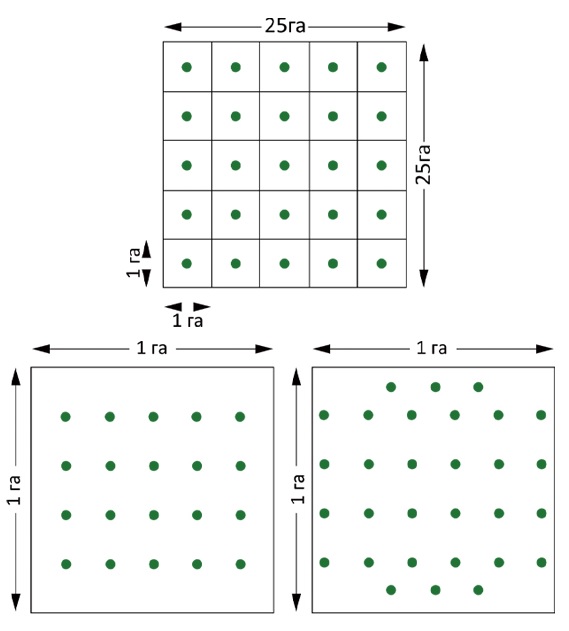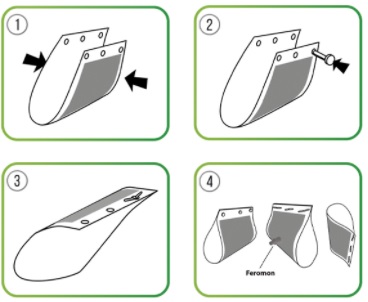Catalogue of traps and pheromones
Download traps and pheromones list

Download document
1.02 mb
It is a thermophilic species, very sensitive to cold.
It lays eggs both on food products and in cracks in walls and floors.
The temperature favorable for development is +25 + 28 ° С and the moisture content of the product is about 15%.
Lives up to 3 years, laying up to 1000 eggs during this time.
Under favorable conditions, one generation develops in 45-60 days. The lower temperature threshold for development is 13-14 ° С, the upper one is slightly above 30 ° С.

Inhabits flour mills, cereals and feed mills in flour dust of shops and finished goods warehouses. But very rarely it can be found in the mass of products or raw materials.
Often lives in apartments and food stores. It was also found in all kinds of cereals, food concentrates, peas, allspice, glued suitcases, starched linen. It was found that it also damages knitted and nylon products.
Damaged food will develop an unpleasant odor.
Proper use of Pheromone Traps:
The pheromone trap is designed to monitor and reduce pest numbers. In order to determine the population density of pest insects and to identify pest outbreaks (monitoring), it is recommended to use 1 trap per 1 ha.
The trap should be placed as near the culture at the middle of the plant. Prior to the first flight of the thrips, the traps must be checked on a daily basis, and after the first thrips have been captured, the traps must be checked every 5-7 days. Pheromone dispensers can be changed after 4-6 weeks and sticky tapes can be replaced when is full with pests and dust. Protective measures are based on the results of the monitoring of population density of pest insects.
Trap placement:
For mass capture and sterilization of males, it is recommended to have more than 20 traps per hectare in opened field. In case of a large number of pest insects use 30 traps per 1 ha in opened field. In greenhouses it is recommended to have more than 15 traps per hectare. In case of a large number of pest insects use 20 traps per 1 ha.


Download traps and pheromones list

1.02 mb
Review our catalogue of pheromons and semiochemicals by chemical name

525.1 kb